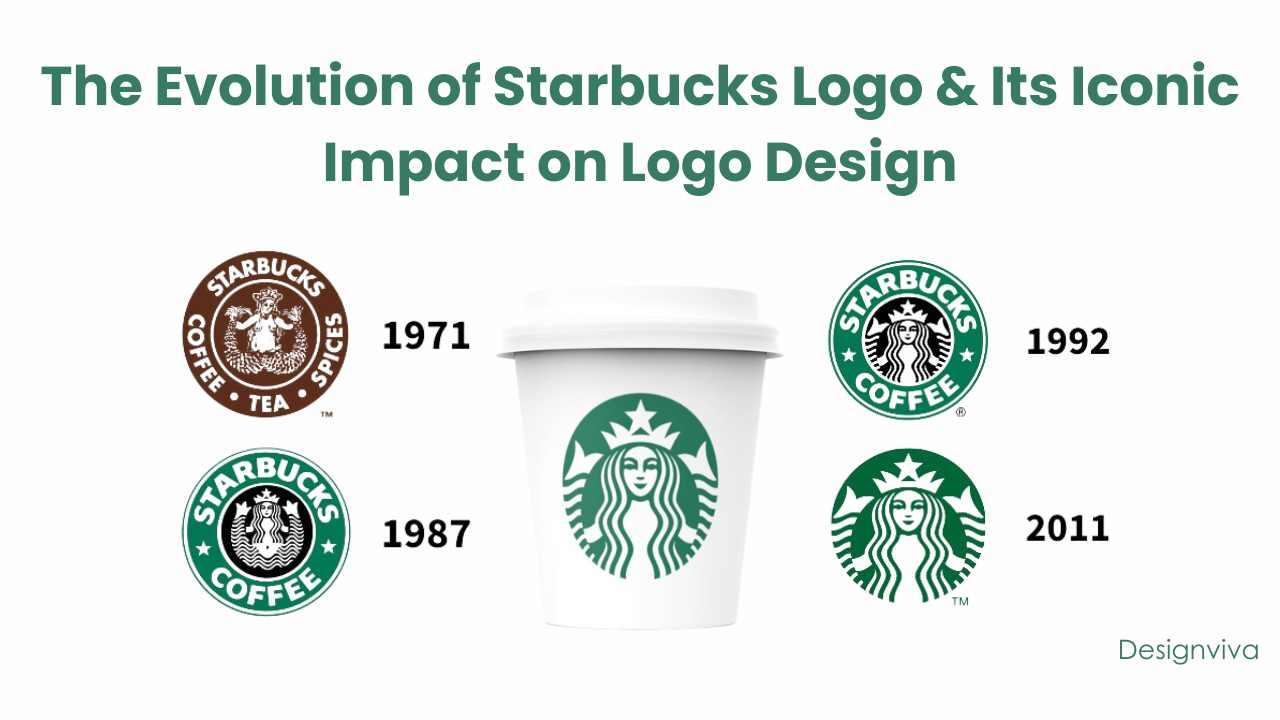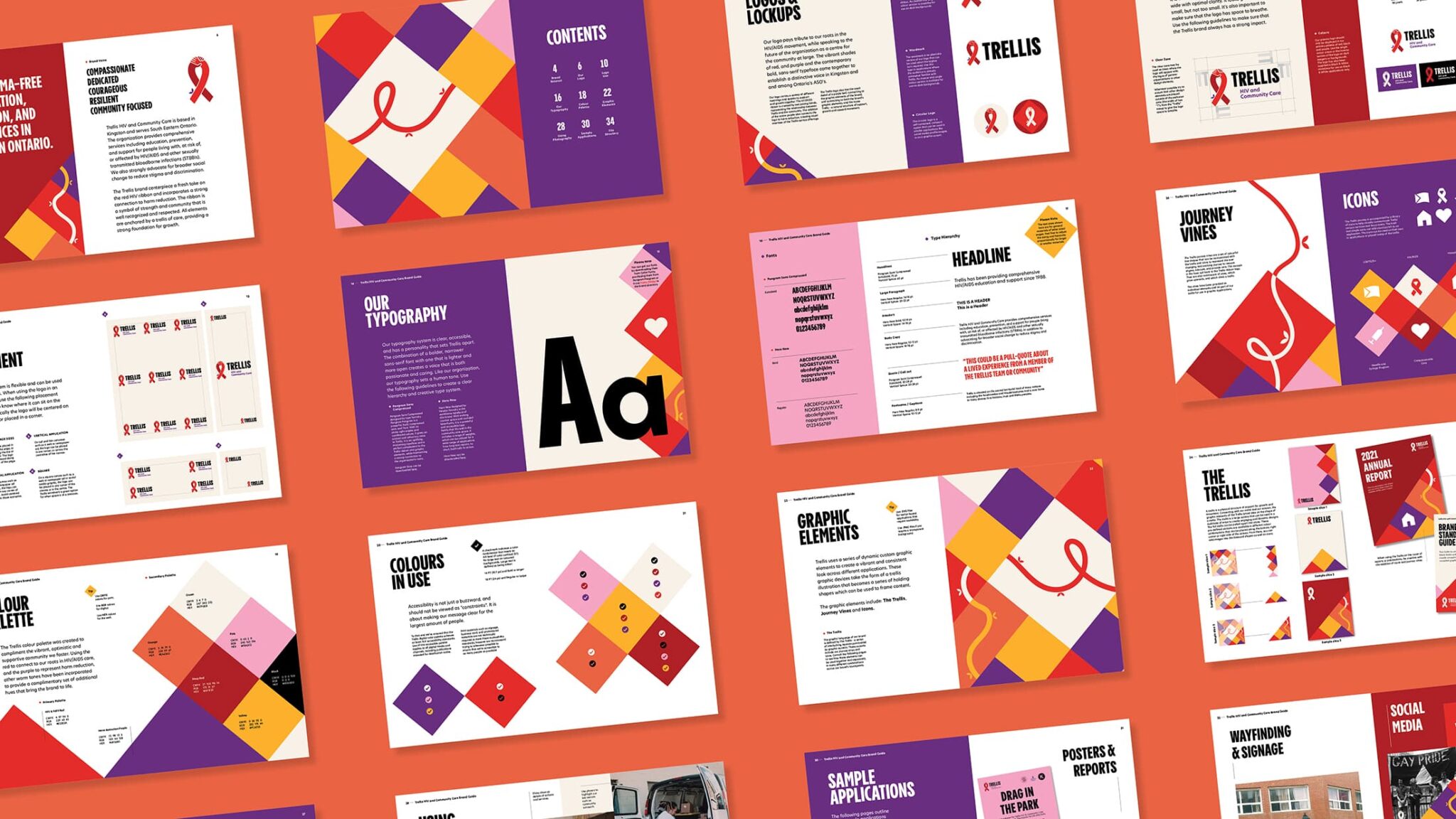
Welcome to the colorful world of logo design, where a splash of red can evoke feelings of passion, and a hint of blue can exude trust and reliability. In this article, we’ll take a whimsical journey through the fascinating realm of color psychology and its impact on the art of logo design. So buckle up, grab your color wheel, and prepare to be dazzled by all the hues and moods that go into creating the perfect logo that speaks volumes without saying a word. Let’s paint the town logo!
Choosing the Right Color Palette for Your Logo
So, you’ve decided to create a logo for your brand and now it’s time to choose a color palette that truly reflects your unique personality. But with so many colors out there, how do you know which ones will make your logo pop? Fear not, dear logo designer! I’m here to guide you through the treacherous world of color selection.
First things first, let’s talk about the power of primary colors. Think red, blue, and yellow – the OGs of the color wheel. These colors are bold, vibrant, and sure to catch the eye of anyone who lays eyes on your logo. Just make sure to use them in moderation, unless you’re going for a full-blown circus theme.
Next, let’s consider complementary colors. These are colors that are opposite each other on the color wheel, like purple and yellow, or blue and orange. Using complementary colors in your logo can create a sense of balance and harmony, but be careful not to overdo it – unless you want your logo to induce a colorful migraine.
And finally, don’t forget about neutral colors. Black, white, and shades of grey are like the peanut butter to your color palette’s jelly. They provide a sense of stability and sophistication, while allowing your primary and complementary colors to shine. Just make sure not to go overboard with the neutrals, or your logo might end up looking like a black-and-white TV stuck in the 50s.
Understanding Color Psychology in Logo Design
Colour psychology plays a huge role in logo design, determining the emotions and associations consumers may have with a brand. Each colour choice will evoke a different reaction, so it’s important to understand the impact of each shade.
**Red:** Known as the colour of passion and excitement, red is great for creating a sense of urgency and grabbing attention. It’s also perfect for food and beverage brands, as it can increase appetite – perfect for when you’re craving those late-night snacks!
**Blue:** If you want to convey trustworthiness and professionalism, blue is the way to go. It’s a calming colour that invokes feelings of security, making it a popular choice for financial institutions and healthcare companies. Plus, who doesn’t love gazing at a clear blue sky on a sunny day?
**Yellow:** Bright and cheerful, yellow is associated with happiness and optimism. It’s a great choice for brands looking to stand out and grab attention, but be careful not to overdo it – too much yellow can sometimes come off as chaotic and overwhelming. Just think of a neon yellow highlighter – a little goes a long way!
The Impact of Different Colors on Consumer Perception
Do you ever wonder why certain brands choose specific colors for their logos and marketing materials? It’s not just a random choice – colors can have a big impact on consumer perception. Let’s dive into the fascinating world of color psychology and see how different hues can influence our shopping habits.
**Red**: This bold and energetic color is known to stimulate appetite, which is why you see it used in so many fast-food restaurants. It also evokes a sense of urgency and excitement, making it a popular choice for sales and promotions. So next time you see a big red sign screaming “SALE!”, just remember – it’s all a clever ploy to get you to open your wallet.
**Blue**: Calm, trustworthy, and dependable – that’s the message that blue sends to consumers. It’s no wonder that many financial institutions and tech companies choose this color for their branding. So the next time you’re trying to decide between two products, go for the one with the blue packaging – it’s probably the more reliable choice.
**Yellow**: Ah, the color of sunshine and happiness. Yellow is known to grab attention and create a sense of optimism. That’s why you often see it used in children’s products and playful branding. So if you’re feeling down, just surround yourself with some vibrant yellow items – it might just lift your spirits!

Utilizing Color Theory to Create a Memorable Logo
When it comes to creating a memorable logo, color theory is your secret weapon. By strategically selecting colors based on their psychological effects, you can make a lasting impression on your audience. Here’s how to harness the power of color theory to design a logo that stands out:
1. Consider the emotions you want to evoke: Are you going for a calming vibe with blue tones, or trying to convey energy and excitement with vibrant reds and yellows? Think about the message you want your logo to send and choose colors that align with that feeling.
2. Utilize color combinations: Certain color combinations have been proven to work well together, like complementary colors that are opposite each other on the color wheel. Experiment with different pairings to find the perfect balance for your logo.
3. Don’t be afraid to stand out: While it’s important to consider your target audience and industry norms, don’t be afraid to break the mold and choose unexpected colors for your logo. A pop of neon green or a splash of hot pink could be just what you need to catch people’s attention.

Strategies for Incorporating Color Psychology into Your Logo Design
So, you want to create a logo that not only looks cool but also speaks to your audience on a subconscious level. Well, lucky for you, color psychology is here to save the day! By strategically incorporating certain colors into your logo design, you can evoke specific emotions and perceptions that will resonate with your target demographic.
First up, let’s talk about the color red. Red is often associated with passion, energy, and excitement. If you want your brand to make a bold statement, consider incorporating some red into your logo design. Just be careful not to overdo it, unless you want your audience to feel like they’re staring directly into the sun.
On the flip side, if you’re going for a more soothing vibe, blue might be the color for you. Blue is often linked to trust, reliability, and professionalism. Plus, it’s the color of the sky and the ocean, so you know it’s pretty chill. Use blue sparingly in your logo design to make your audience feel like they’re floating on a cloud of serenity.
And let’s not forget about yellow – the color of sunshine and happiness. Yellow is all about optimism, creativity, and warmth. If you want your brand to exude positivity and cheer, splash some yellow into your logo design. Just be prepared for everyone to start craving a big ol’ bowl of mac and cheese every time they see your logo.
Creating a Harmonious and Effective Color Scheme for Your Brand Logo
So you’ve decided to give your brand a facelift with a brand new logo design! One of the most crucial things to consider during this process is the color scheme. A harmonious and effective color scheme can make or break your logo, so let’s dive into some expert tips on how to make sure your logo is the envy of all other brands out there.
First things first, think about your brand’s personality and the message you want to convey. Are you a fun and vibrant brand, or more serious and professional? This will help you determine the overall vibe of your logo and the colors you should consider using. Remember, your logo is like your brand’s outfit – you want it to look good and make a statement!
Next, consider the psychology of colors. Different colors can evoke different emotions and associations, so choose wisely! Here are a few popular colors and the vibes they give off:
- Red: Bold, passionate, and eye-catching
- Blue: Trustworthy, calming, and reliable
- Green: Fresh, natural, and eco-friendly
- Yellow: Joyful, energetic, and optimistic
Lastly, don’t be afraid to get a little creative with your color choices! Think outside the box and consider using unexpected color combinations to make your logo truly unique. Remember, a little bit of color theory can go a long way in creating a logo that not only looks good but also resonates with your target audience.
FAQs
Why is color psychology important in logo design?
Well, think about it – would you trust a bank with a hot-pink logo or a funeral home with neon green branding? Nope, didn’t think so. Color psychology helps evoke certain emotions and associations from your target audience, so choosing the right colors for your logo is crucial in making a memorable and impactful impression.
What are some common color meanings in logo design?
Oh, glad you asked! Red is often associated with passion and energy, while blue can convey trust and reliability. Yellow screams optimism and happiness, while black exudes sophistication and elegance. Each color brings its own vibes, so pick wisely!
How can I choose the right colors for my logo?
Well, it’s like picking out an outfit – you gotta think about your brand’s personality and target audience. Are you a fun and playful brand targeting young adults? Maybe go for bright and vibrant colors. Are you a no-nonsense professional service catering to older folks? Stick to classic and muted tones. Just remember, there’s no one-size-fits-all approach – it’s all about what feels right for your brand.
Can I use multiple colors in my logo design?
Absolutely! Just like a box of crayons, the more colors, the merrier. Just make sure they work harmoniously together and don’t clash like your uncle’s plaid-on-polka-dot ensemble. You want your logo to be eye-catching, not an eyesore.
Any tips for incorporating color psychology into my logo design process?
Start by researching what emotions and meanings different colors evoke. Then, think about your brand’s identity, values, and target audience. Experiment with different color combinations to see what resonates best. And most importantly, trust your gut – if something feels off, it probably is. Happy designing!
Color Your Logo, Color Your World!
Now that you’ve mastered the art of logo design with color psychology, it’s time to go forth and conquer the design world! Remember, colors have a powerful impact on emotions and perceptions, so choose wisely. Whether you want to evoke trust with blue, excitement with red, or creativity with purple, the choice is yours!
So, go ahead and color your logo, color your world, and make a lasting impression on your audience. And remember, as the great Picasso once said, “Colors, like features, follow the changes of the emotions.”
Good luck with your logo design endeavors! May your colors be vibrant and your designs be unforgettable!











